Human/Mouse/Rat TGF-β2 ELISA Kit
$299.00 – $419.00
ELISA Kit Detail Information
| Related Target | |
|---|---|
| Species | human,mouse,rat |
| Sample Type | Serum, plasma, cell culture supernatant, and other biological samples |
| Sample Volume | 100 μL |
| Sensitivity | 0.33 pg/mL |
| Array Range | 31.25 pg/mL – 2000 pg/mL |
| Assay Time | 3.5 h |
| Recovery | 88% – 120% |
| Average Recovery | 107% |
| Intra Precision | 2.7% – 4.5% |
| Inter Precision | 3.3% – 4.8% |
| Plate | Detachable 96-well plate |
| Storage | If the reagent kit is unopened, it should be stored at 4℃. However, if it has been opened, the standard solution should be stored at -20℃, while the other components should be stored at 4℃. |
| Delivery | 4℃ blue ice transportation |
| Components | 96-well polystyrene enzyme-linked immunosorbent assay (ELISA) plate coated with anti-TGF-β2 monoclonal antibody Human /Mouse /Rat TGF-β2 freeze-dried standard TGF-β2 detect Antibody Standard Diluent Assay Buffer(10×) Substrate TMB Stop Solution Washing Buffer(20×) Sealing Film |
| Assay Principle | This kit utilizes the double antibody sandwich enzyme-linked immunosorbent assay (ELISA) detection technique.Specific anti-human /mouse /rat TGF-β2 antibodies are precoated on a high-affinity ELISA plate. Standard samples, test samples, and biotinylated detection antibodies are added to the wells of the ELISA plate. After incubation, TGF-β2 present in the samples binds to the solid-phase antibodies and the detection antibodies. After washing to remove unbound substances, streptavidin-HRP labeled with horseradish peroxidase is added. After washing, a colorimetric substrate, TMB, is added and the plate is incubated in the dark for color development. The intensity of the color reaction is directly proportional to the concentration of TGF-β2 in the samples.A stop solution is added to terminate the reaction, and the absorbance value is measured at a wavelength of 450 nm (with a reference wavelength range of 570-630 nm). |
Related Targets
TGFB2
TGFB2 Target Infomation Overview
- Target Symbol: TGFB2, transforming growth factor beta 2
- Gene Groups: Transforming growth factor beta family
- Alias Names: prepro-transforming growth factor beta-2; transforming growth factor, beta 2
TGFB2, transforming growth factor beta 2 Target Infomation by Species
- Human
- Mouse
- Rat
Human TGFB2 Target Information
- Target Symbol: TGFB2, transforming growth factor beta 2
- Alias:
- BSC-1 cell growth inhibitor
- cetermin
- G-TSF
- glioblastoma-derived T-cell suppressor factor
- LDS4
- MGC116892
- polyergin
- prepro-transforming growth factor beta-2
- TGF-beta-2
- TGF-beta2
- transforming growth factor beta-2
- transforming growth factor beta-2 proprotein
- transforming growth factor, beta 2
- NCBI_Gene: 7042
- UniProtKB: P61812
Human TGFB2 Predicted Functions
Enables amyloid-beta binding activity; protein homodimerization activity; and transforming growth factor beta receptor binding activity. Involved in several processes, including animal organ development; cell surface receptor signaling pathway; and positive regulation of signal transduction. Located in collagen-containing extracellular matrix and extracellular space. Implicated in Loeys-Dietz syndrome 4 and colorectal cancer. Biomarker of colon carcinoma; colorectal cancer; and liver cirrhosis.
Mouse Tgfb2 Target Information
- Target Symbol: Tgfb2, transforming growth factor, beta 2
- Alias:
- BB105277
- expressed sequence BB105277
- Tgf-beta2
- Tgfb-2
- NCBI_Gene: 21808
Mouse Tgfb2 Predicted Functions
Predicted to enable several functions, including amyloid-beta binding activity; protein homodimerization activity; and transforming growth factor beta receptor binding activity. Involved in several processes, including animal organ development; regulation of epithelial to mesenchymal transition involved in endocardial cushion formation; and tube morphogenesis. Acts upstream of or within several processes, including animal organ development; neuron differentiation; and positive regulation of apoptotic process. Located in several cellular components, including axon; endosome; and neuronal cell body. Is expressed in several structures, including alimentary system; central nervous system; genitourinary system; heart; and sensory organ. Used to study Loeys-Dietz syndrome. Human ortholog(s) of this gene implicated in Loeys-Dietz syndrome 4 and colorectal cancer. Orthologous to human TGFB2 (transforming growth factor beta 2).
Rat Tgfb2 Target Information
- Target Symbol: Tgfb2, transforming growth factor, beta 2
- Alias:
- TGF beta 2 protein
- TGF-B2
- TGF-beta-2
- transforming growth factor beta-2
- transforming growth factor beta-2 proprotein
- NCBI_Gene: 81809
Rat Tgfb2 Predicted Functions
Enables identical protein binding activity and protein N-terminus binding activity. Involved in several processes, including animal organ development; negative regulation of release of sequestered calcium ion into cytosol; and regulation of apoptotic process. Located in several cellular components, including basement membrane; secretory granule; and trans-Golgi network. Biomarker of diabetic neuropathy; myocardial infarction; and osteochondrodysplasia. Human ortholog(s) of this gene implicated in Loeys-Dietz syndrome 4 and colorectal cancer. Orthologous to human TGFB2 (transforming growth factor beta 2).

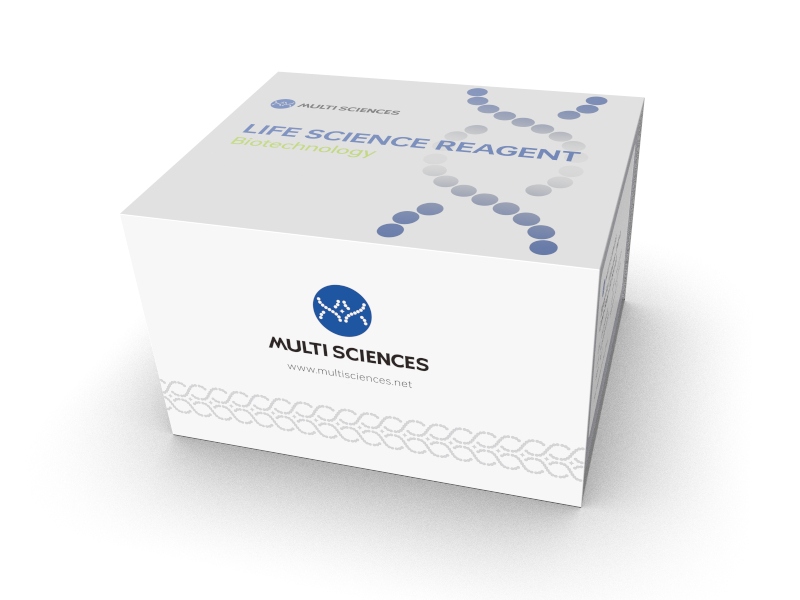
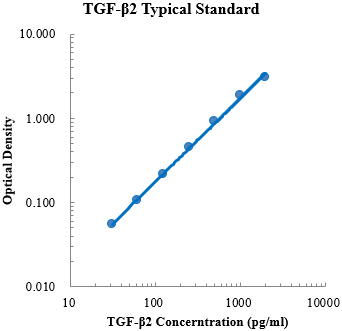
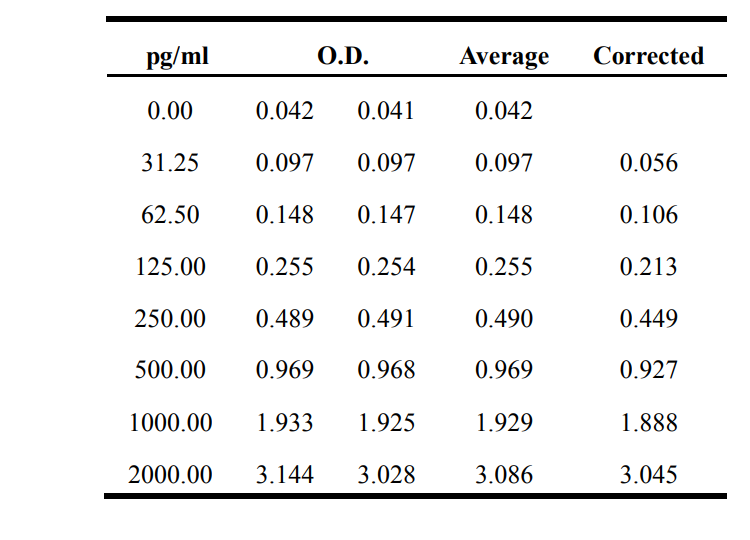
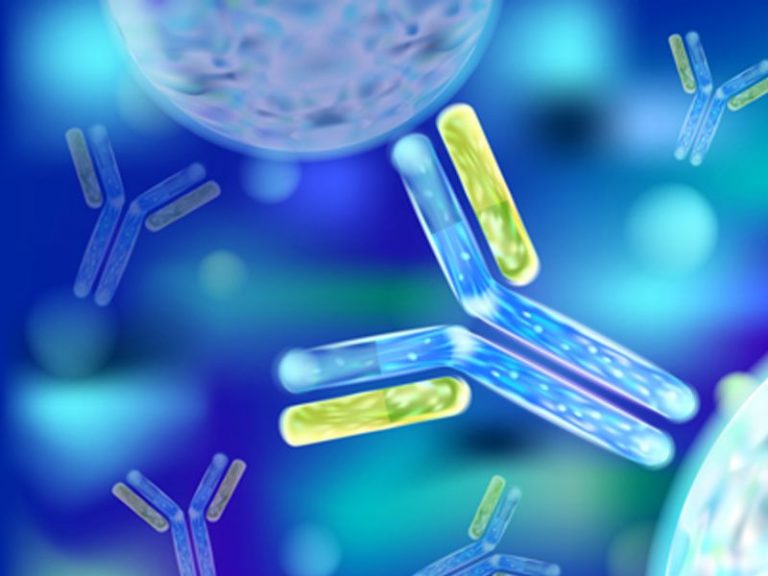
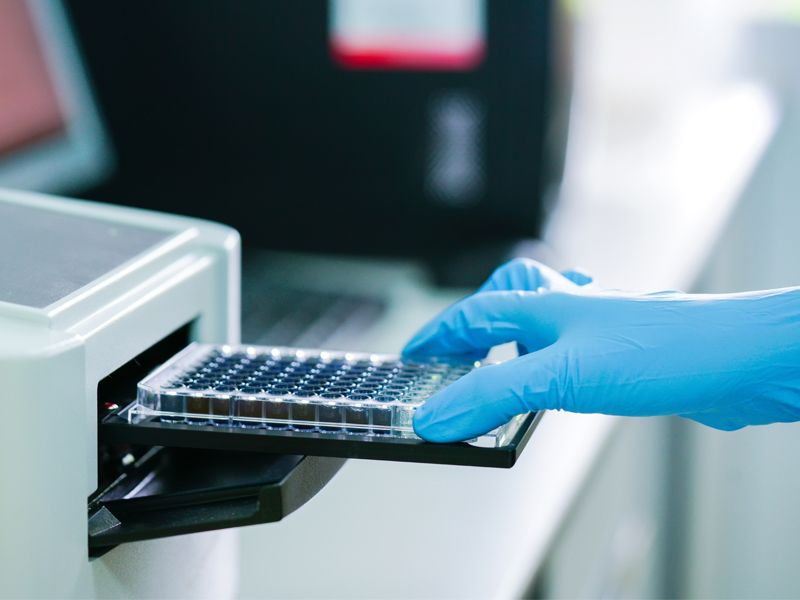
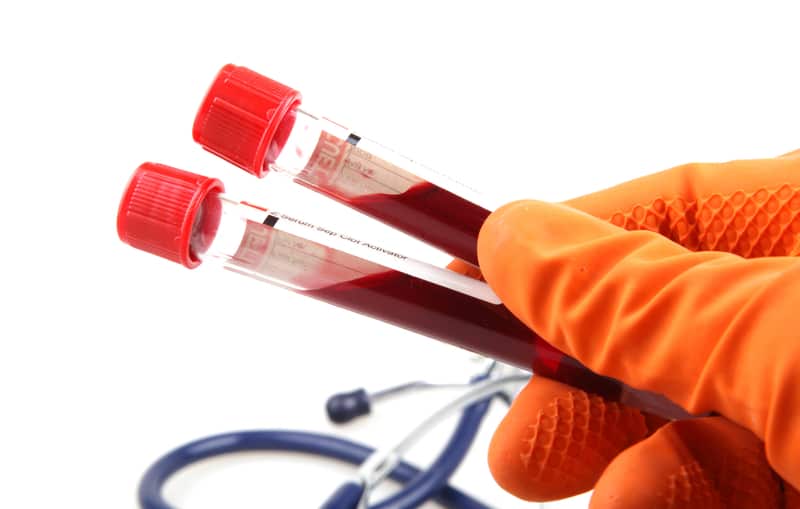

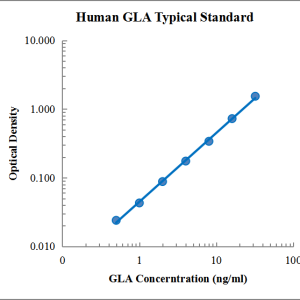
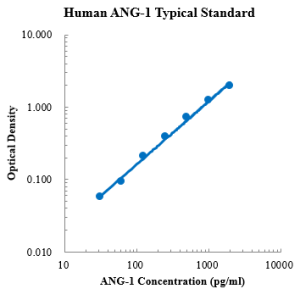
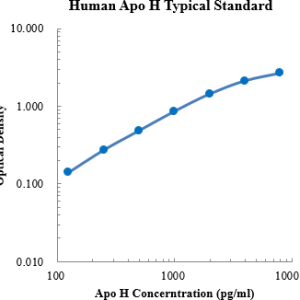
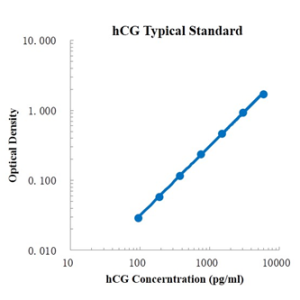
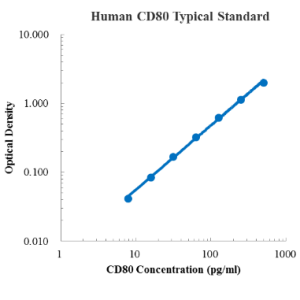
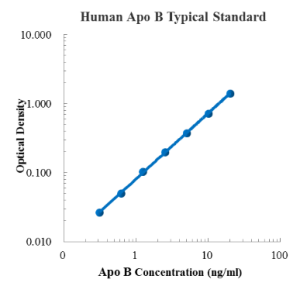
Reviews
There are no reviews yet.